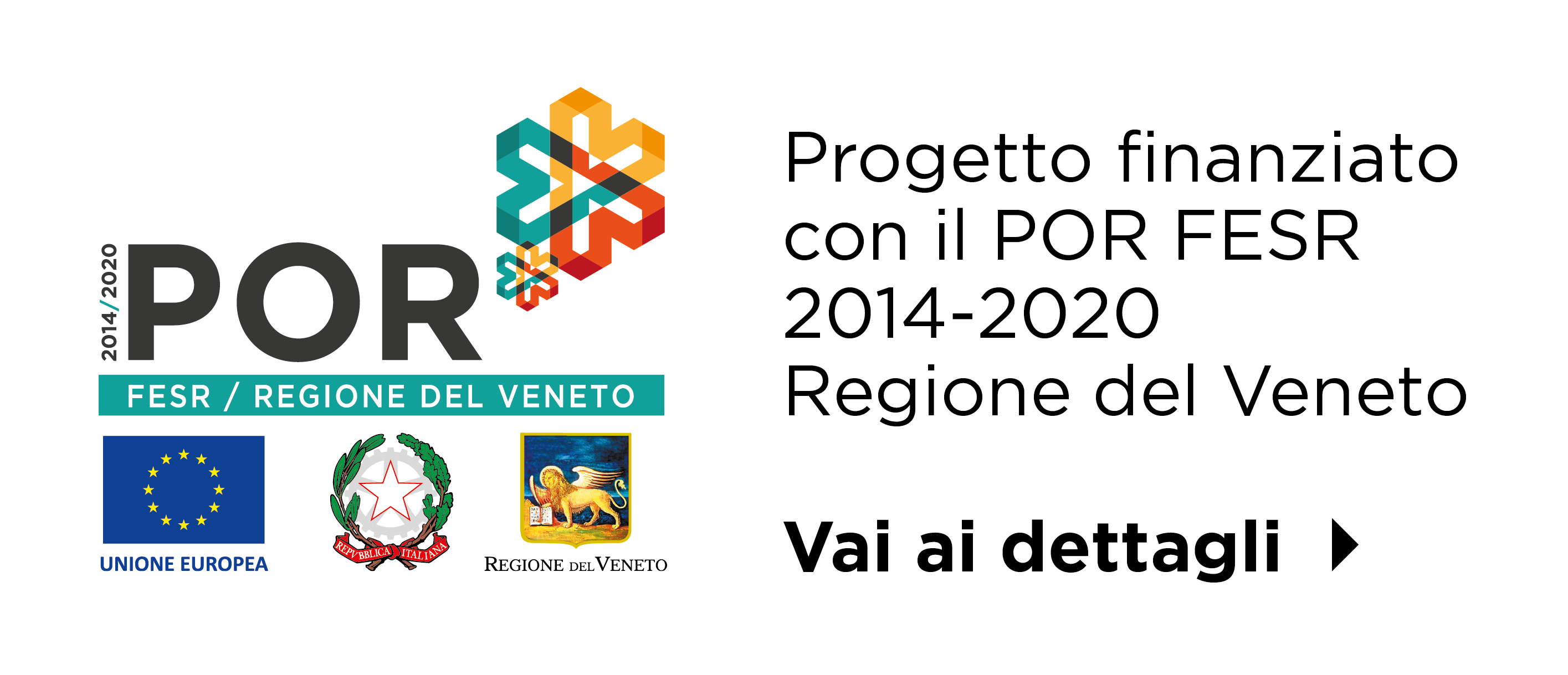Stefania Sut, Irene Ferrarese, Shyam Sharan Shrestha, Gourav Kumar, Antonio Slaviero, Simone Sello, Adriano Altissimo, Luca Pagni, Francesco Gattesco and Stefano Dall’Acqua
Plants 2020, 9, 818; doi:10.3390/plants9070818
Abstract
Acmella oleracea is a promising cosmetic, nutraceutical, and pharmaceutical ingredient,
and plants with high levels of active compounds are needed in the market. Cultivation can be
valuable if sufficient levels of alkylamides are present in plant material. In this regard the application
of biostimulants can be an innovative approach to increase yield of cultivation or bioactive compound
levels. A. oleracea plants were cultivated in Northern Italy in an experimental site using three
different types of biostimulants, triacontanol-based mixture (Tria), an extract from plant tissues
(LL017), and seaweed extract (Swe). Plants were grown in the field in two different growing
seasons (2018 and 2019). After treatments inflorescences were harvested and the quali-quantitative
analysis of alkylamides and polyphenols was performed. Treated and control plants were compared
for yields, morphometric measurements, quali-quantitative composition in secondary metabolites.
Overall results show that both triacontanol-based mixture and the LL017 positively influenced
plant growth (Tria >+ 22%; LL017 >+ 25%) and flower production (Tria >+ 34%; LL017 >+ 56%).
The amount of alkylamides and polyphenols in flowers were between 2.0–5.2% and 0.03–0.50%,
respectively. Biostimulant treatments ensure higher cultivation yields and allow maintenance of the
alkylamide and polyphenol levels based on % (w/w), thus offering an advantage in the final quantity
of extractable chemicals. Furthermore, data revealed that samples harvested in late season show a
decrease of polyphenols.
FOR MORE INFORMATION ON THIS TOPIC CONTACT THE AUTHOR OF THE PUBLICATION:
Simone Sello


